I do not consider myself a photographer, I’m an image maker. I take a photograph with my camera & then process it using software to create an image. I do not put my images forward as reality - they are an idealised, often romanticised interpretation of how I see the subject matter. In short, how it speaks to me.
On the journey from original idea to final image, processing is at least 30% of my workflow - but I realise that for many, processing is a step too far & crosses the line from “true photography”. I fully respect that, but I think there are few who can doubt that processing certain photographs can make a difference in your chances of inciting emotion in your viewer.
Don't be daunted by processing. If you looked at one of my workups, the Photoshop layer stacks might appear complicated with 40+ different things going on - but it's not true - it's probably only 5 things repeated 8 times!
I have a very logical, repeatable & frankly boring workflow. I do the same thing over & over again - so by practice I get reasonable at it. I would say the first 80% of processing EVERY image is identical. It's only in the last 20% I apply finishing touches specific to that image.
Try this;
1. Pick the photograph from the shoot that strikes YOU as most powerful. Imagine you are a viewer who knows nothing about the subject matter
2. Decide on the story you want to tell to that viewer
3. Look at the photograph for 10 minutes & list (in an ideal world) what would be included, added, removed, to help you tell your story. Don't limit your list to reality, you are going to create an idealised image. For example if (in a sports image) the ball is in the wrong place - well just move it!
4. Write the list down
5. Now, & only now, start to learn in Photoshop how to do the things on your list
That first image might take you a week, even a month to complete - but along the way you'll learn so much you can repeat in future images. Think of it as your Photoshop tool bag & on each image you learn another tool to put in your bag.
At the end of 10 images (which might take a year) you'll find you'll be very competent at Photoshop.
Here's a few of my YouTube processing videos;
If you want to learn more about my processing workflow, details here of my £40 processing course. It contains 22 videos (5 hours 36 minutes of learning material) giving a full explanation of every part of my workflow, plus processing examples.



